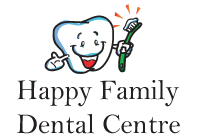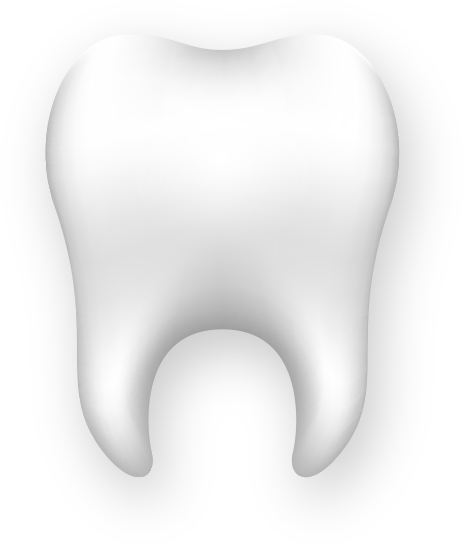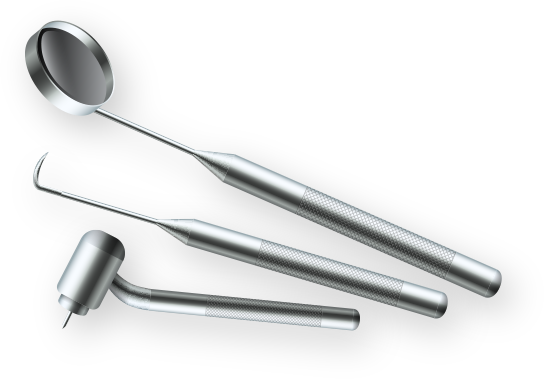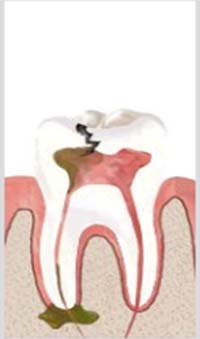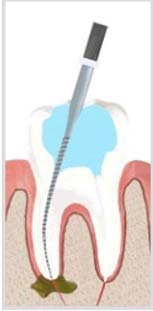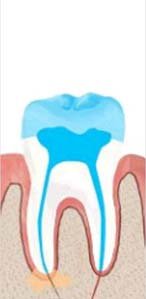- 604-336-2050
- 3638 Kingsway (Near Boundary Road) Vancouver, B.C
Preventive Dentistry Vancouver
Preventive Dentistry Vancouver
Preventive dentistry is the area of dentistry that focuses on those procedures and life practices that help people to prevent the beginning or progression of oral disease Preventive care is a modern approach to dentistry. Preventive dentists and hygienists aim to reduce the amount of dental treatment that you need by working together with you to maintain a healthy mouth. The hope is to avoid the traditional cycle of fillings and extractions. Preventive dentistry can help you to keep your own teeth for a lifetime.
How it works?
Your dentist will assess your teeth and gums and devise an individual plan of action for you. They will tell you about and demonstrate the best methods of brushing and flossing to remove the build up of dental plaque. They will advise you about fluoride products and the effect of diet on oral health. If you follow this advice and continue to have regular check-ups with the dentist and visits to the hygienist it should ensure that your mouth stays healthy. Your hygienist may also carry out scaling and root planing -to remove any build-up of hard tartar.
If your teeth have already been damaged your dentist will devise a treatment plan to repair the damage and will discuss the treatment options with you. In the interests of prevention your dentist may recommend that weakened teeth are repaired with a filling or crown before they break.
The overall aim is to make you “dentally fit” (ie get your mouth healthy) and to keep you that way so that dental problems do not recur in the future. It is not likely that decay or gum disease will be a real problem in a healthy mouth.
Bad Breath Management
Bad breath (halitosis) is a fairly common disorder affecting most of us at some point in life. The foul odor in bad breath is not considered to be a medical disorder unless it is a long term condition (chronic) and posing a problem in our lives. Halitosis may go beyond just a dental hygiene issue and can indicate more serious pathologies.
Any odor is a gas that is detected by the receptors in the nose. Volatile chemicals given off from the source of the odor travel through the air and can diffuse over a wide area which is the reason why bad breath can sometimes be detected from a few feet away.
Pit and Fissure Sealant
Teeth have natural dips or grooves in them known as pits and fissures. It is all very groovy in one sense but when it comes to keeping your children teeth clean and free of cavities pits and fissures are not groovy at all.
Pits and fissures house bacteria and other substances which can cause tooth decay and these grooves may not always be properly cleaned with a normal toothbrush. Pit and fissure sealants can fill and seal the grooves your teeth and prevent bacteria getting in. They make teeth easier to clean and reduce the risk of experiencing tooth decay.
Fissure sealants are recommended for filling the adult or primary teeth of children who have a high risk of developing cavities. And even children who brush and floss regularly can be considered high risk depending for example on the amount of fluoride they consume and the shape of their teeth (particularly the groovy parts).
Fluoride treatment
Fluoride is a natural mineral found in food and water which helps to strengthen teeth and prevent tooth decay by making the tooth more resistant to acid attacks from plaque and sugars. If fluoride is lacking from the diet the teeth will be prone to tooth decay and cavities.
Fluoride treatments are offered to children who have a number of cavities or are at high risk of developing cavities. Adults can benefit too. Fluoride treatment is a very simple process administered by the dentist or dental hygienist which helps to prevent tooth decay. Can be linked to Dental Flourosis in Common problems
Gum Disease
Gum disease also known as periodontal disease is a condition in which the gums deeper supporting tissue and potentially the bone surrounding teeth become infected and inflamed. Gum disease starts with plaque on the teeth a sticky white substance that coats teeth. It is formed when bacteria in the mouth mixes with saliva and residues from starchy foods and sugar in your diet.
If plaque is not properly removed from teeth by brushing and flossing it accumulates and hardens underneath the gumline into tartar. Once tartar builds up it is much more difficult to remove than plaque and usually requires a cleaning at our Office.
Over time it can lead to inflamed gums or gingivitis. This is a mild form of gum disease. One of the most common symptoms is darker red gums that bleed with brushing or flossing. Professional cleaning can reverse gingivitis.
Scaling & Root Planing
Scaling and Root Planing (aka Deep Cleaning) is a non-surgical periodontal procedure that removes plaque tartar and bacteria from your teeth and gums. We use dedicated instruments to perform this procedure with or without local anesthesia . When pockets which are the spaces between your teeth and gums become deep bad bacteria/plaque and tartar form under your gums and cause periodontal disease/inflammation. These deep pockets are impossible for you to keep clean at home and will progress if not treated.
The main goals of this treatment are to Remove plaque/bacteria.Remove tartar.Reduce inflammation (bleeding) .Once this procedure is completed, we re-evaluate your gums assess the response of treatment and if further periodontal treatment is needed.

Book An Appointment

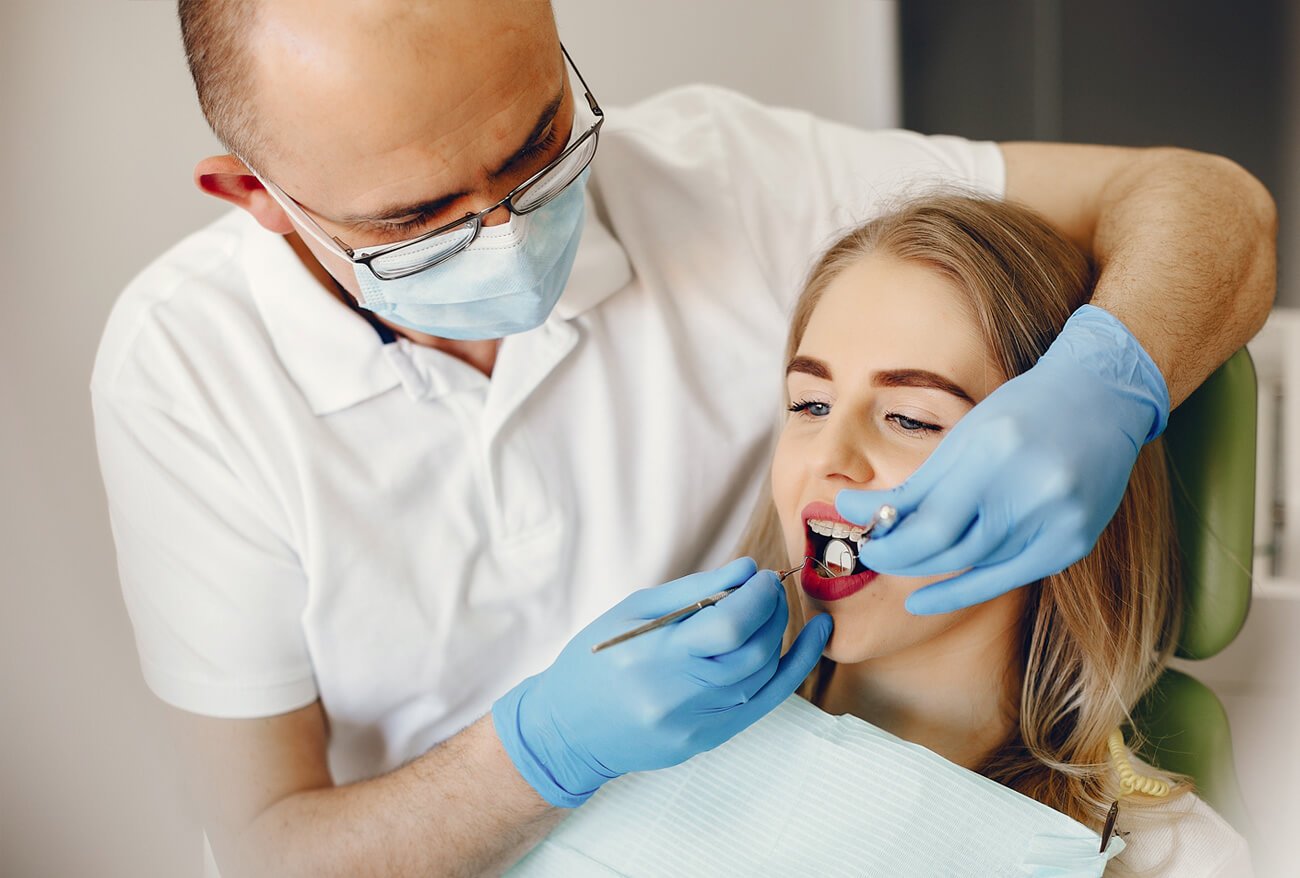
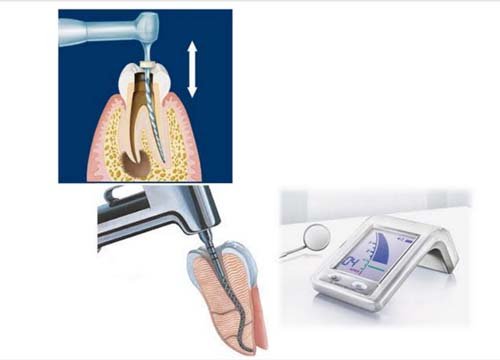
We also do rotary endodontics with latest machinery like apex locators e.t.c.
Single Sitting Root Canal Treatment
Full Mouth Rehabilitation is to correct the imperfections in bite position and enhance the appearance of the smile. The excellent candidate would be any one with short worn teeth or those that are chipped and broken throughout the mouth. Combining the science of Neuromuscular Dentistry with the artistry of Cosmetic Dentistry Full Mouth Rehabilitation creates a smile that is functional comfortable and beautiful. Full mouth rehabilitation includes Implants porcelain veneers crowns or onlays. As an added benefit the restorations are exceptionally attractive and strong enhancing the smile beautifully.
Mulitple Dental Tooth Implants are done when replacing several gaps if teeth. If there are missing gaps together, dental tooth implants with a bridge may be done. An implant bridge will consist of the crowns on dental tooth implants as well as pontic crowns. A pontic crown is a dental crown that is joined together to the anchor crowns on the dental tooth implants in forming a dental bridge.
Advantages of Single Visit Root canal
This treatment is done to avoid multiple injections & multiple visits, thus reducing the patient apprehension.Extremely comfortable.Generally completed in a single sitting of half an hour to one hour. Four to seven root canals can be performed in a single sitting.Pain is always associated with root canals, but should actually be little to no pain during single sitting procedure. All single sitting root canals are done in our clinic by experienced endodontists who exclusively practice root canals. The procedure is not for cosmetics, but rather your health. The infection will only get worse with time if left untreated. The biggest advantage is that the tooth will not need to be extracted in the future.
Apicoectomy
An apicoectomy is a procedure in which the endodontist opens the gum tissue near the tooth to see the underlying bone and to remove any inflamed or infected tissue. The very end of the root is also removed. n apicoectomy may be needed when an infection develops or persists after root canal treatment,or retreatment. During root canal treatment, the canals are cleaned, and inflamed or infected tissue is removed. Root canals are very complex, with many small branches off the main canal. Sometimes, even after root canal treatment, infected debris can remain in these branches and possibly prevent healing or cause re-infection later. In an apicoectomy, the root tip, or apex, is removed along with the infected tissue. A filling is then placed to seal the end of the root.
Apexification
Apexification is a treatment used to seal an open apex. The apex is the bottom part of a tooth’s root. Your teeth have tiny passageways called root canals. An open apex occurs when the root canals are not closed. Open root canals can lead to pulp exposure and infection. Pulp is the soft substance inside of your teeth. The pulp may be infected if an opening in the tooth allows bacteria inside. An open apex may be found in teeth that are not fully developed. An open apex may result if the root ends are eroded away by a process called resorption. Trauma may also cause an open apex. Ordinarily, pulp infections are treated with a root canal. An apexification is necessary if an open apex makes it too difficult to seal the root end with traditional root canal procedures. An apexification is a procedure that is used to form a hard barrier at the end of a root with an open apex.
